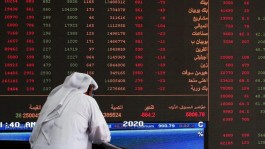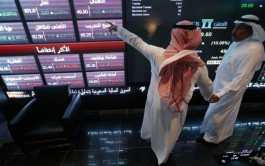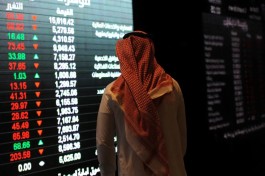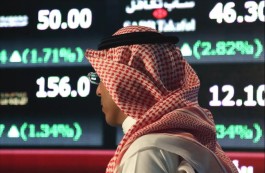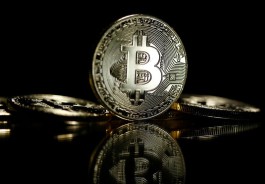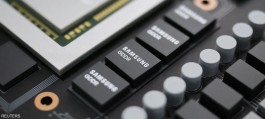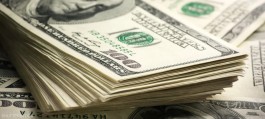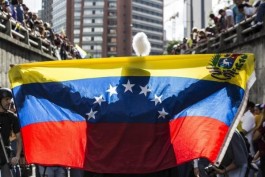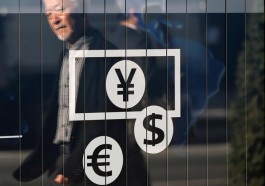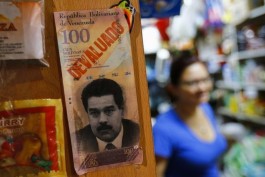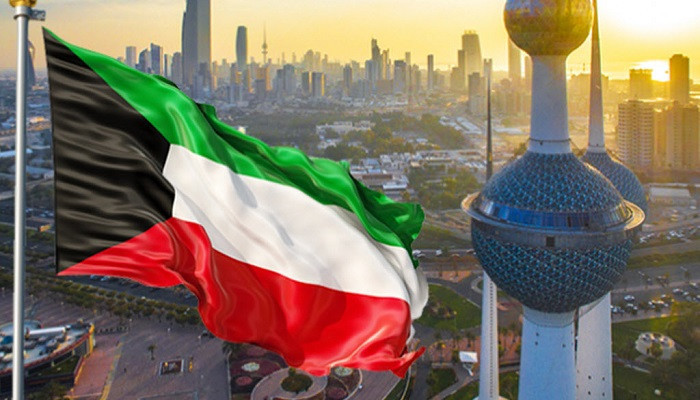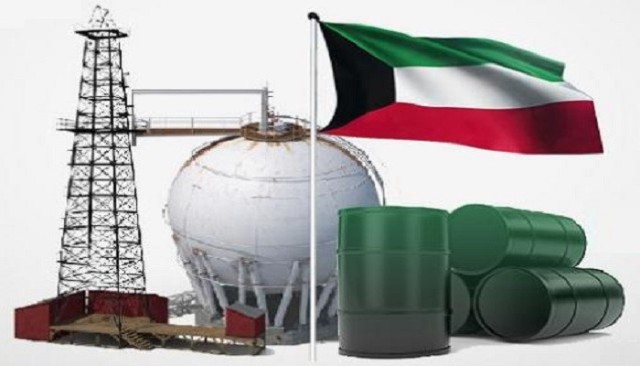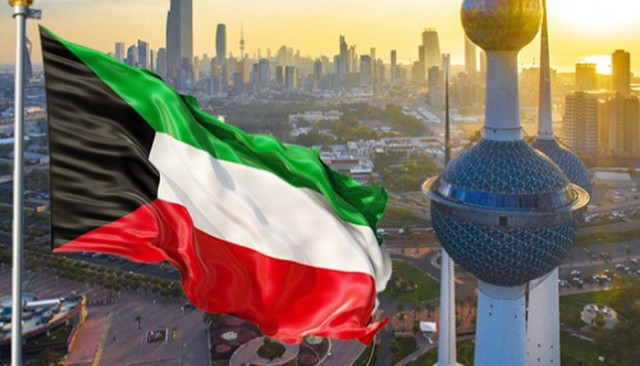Kuwait's cash reserve with the International Monetary Fund rose last June to a new record level, reaching the level of 233.9 million dinars, up from the level of last May, which amounted to 211.9 million dinars. By 22 million dinars, or 10.38%, according to the Central Bank of Kuwait data for the month of June 2021.
On an annual basis, according to the news, the volume of Kuwaiti reserves deposited with the International Monetary Fund at the end of last June increased by 9.2%, with a value of 19.7 million dinars, compared to their levels of 214.2 million dinars by the end of June of 2020.
The reserve position in the IMF consists of the reserve tranche, that is, the amounts of foreign currency that a member country may withdraw from the IMF within a short period of time, and a debt to the IMF. International (under a loan agreement) account for public resources, and at the disposal of the member country, including the lending of the reporting country to the International Monetary Fund under the General Agreements to Borrow, New Agreements to Borrow, and claims on the Fund made with SDRs are foreign currency claims.
The size of the Special Drawing Rights amounted to about 573.4 million dinars during the month of June, which is the same levels as May, April and last March. They are international reserve assets created by the International Monetary Fund as a reserve asset complementing the reserve assets. The countries that are members of the fund, and the fund distributes special drawing rights among its members on the basis of the proportions of their shares in the fund.
While the total foreign currency and deposits abroad declined by the end of June to reach 12.84 billion dinars, an increase of 1.6 percent compared to 13.06 billion dinars during last May.< /p>
Deposits here are deposits available on demand, which are deposits available with foreign central banks, the Bank for International Settlements and other banks.
The currency also consists of paper money and coins in circulation from foreign currencies and generally used to make payments, with the exception of commemorative coins.









